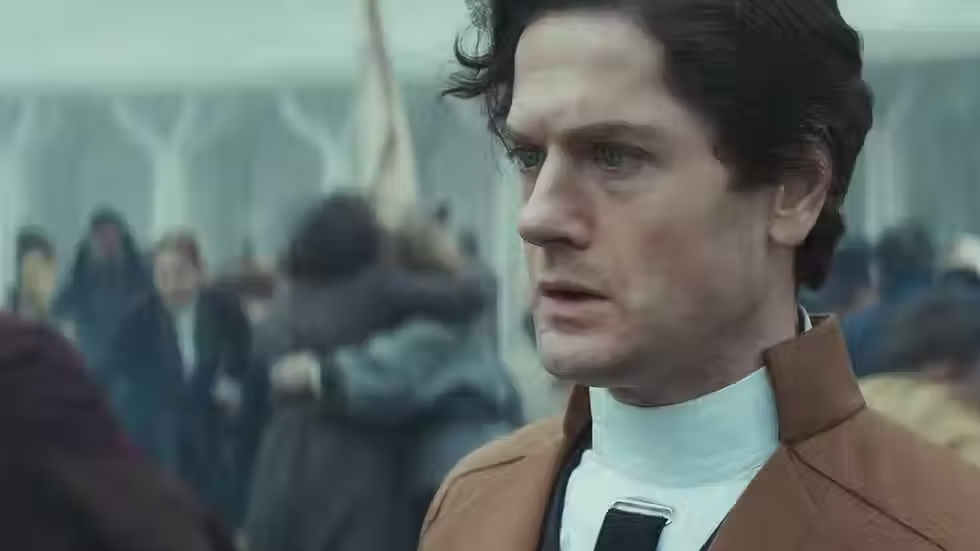Review: Short Cuts Program 1 (Japan Cuts 2023)
- ogradyfilm
- Jul 27, 2023
- 2 min read
After taking last year off due to COVID-related concerns, Japan Cuts has finally returned to NYC! Since I’m feeling a bit out of practice, I decided to ease myself back into the festival experience by starting with a screening of short films:
“Flashback Before Death”
From the moment this eerie tone poem begins, director Hiroyuki Onogawa’s background as a composer is immediately evident. The sound design is meticulously crafted—and I’m not just talking about the music: the audio is as integral to the narrative as the visuals. Such ambient noises as the gentle splash of an oar dipping beneath the surface of a river, the mournful howl of wind above the treetops, the dry crunch of gravel underfoot, the faint clatter of glass shattering across cobblestones, and the moist smack of ravenous mastication coalesce into a rich, symphonic sensory experience, immersing the viewer in the protagonist’s perspective.

As for the plot… well, it exists, but it’s almost incidental. Describing the film in such concrete, literalist terms as “ghost story” is, in my opinion, egregiously reductive. Onogawa is not interested in superficial tropes and genre conventions; he instead emphasizes surreal imagery: broken mirrors, bodies of water, toxic shellfish, unnervingly anthropomorphized dolls. These cryptic symbols suggest some decidedly Lynchian themes: mortality, guilt, memory, nostalgia, repressed trauma, multiple identities, the conflict between fantasy and reality, et cetera.
Dense, introspective, ambiguous, and hypnotically beautiful, “Flashback Before Death” is the quintessential festival short. Do not allow concrete interpretation to diminish its emotional resonance; its true “meaning” lies in the feelings that it evokes.
“Silent Movie”
A collaborative effort produced by current and former Tokyo University of the Arts students, this compilation of silent shorts is nothing less than a celebration of cinematic history. The first vignette, for example, purports to be a remake of a lost jidaigeki helmed by Sadao Yamanaka—and although the resemblance isn’t quite flawless, the framing, lighting, editing, costuming, and performances nevertheless come impressively close to replicating the auteur’s trademark style. Other contributions feature: rotoscope animation, rubber monsters rampaging through cardboard cities, slapstick comedy reminiscent of the Keystone Kops series, satirical meditations on the nature of romantic relationships in the age of social media, and nightmarish physical transformations via forbidden shinobi magic (achieved entirely through primitive in-camera effects—Georges Méliès would be proud).

The common thread uniting these tonally and thematically disparate works into a cohesive whole is Ichiro Kataoka, who provides voiceover narration that clarifies and contextualizes the onscreen action. This sort of commentary would have been expected by Japanese audiences back in the ‘20s and ‘30s; indeed, many benshi were celebrities in their own right—a subject explored in Masayuki Suo’s Talking the Pictures. Experiencing such a beloved theatrical tradition (albeit only in pre-recorded form; I would savor the opportunity to enjoy a live rendition) was a genuine treat.
While not every film in the collection is an essential masterpiece, “Silent Movie” remains a delightfully fun throwback—the perfect light snack to cleanse the palette following “Flashback Before Death’s” daunting three-course meal.





Comments